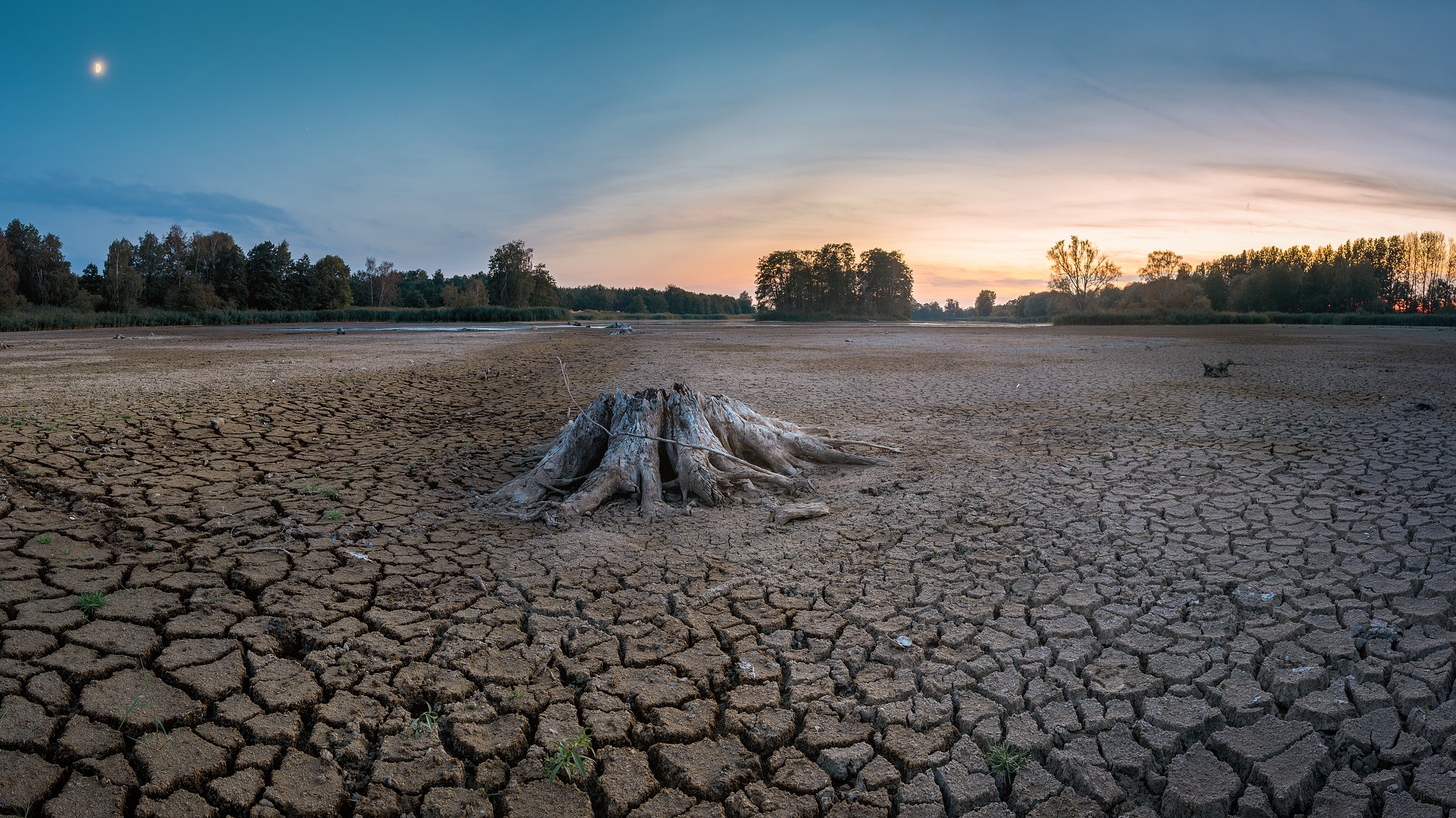FLOODS AND DROUGHTS, NATURAL OR ANTHROPOGENIC DISASTERS?

Author: @madridbg, through Power Point 2010, using public domain images.
Greetings dear members of this prestigious blockchain, especially to all those users who make life in the @project.hope community. This article will address the issue of floods and droughts, where we will be analyzing their behavior as natural or anthropogenic systems.
Currently we have observed major natural disasters that are associated with the imbalance that has occurred on our planet because of the actions of man in his eagerness for economic and social welfare.
However, planetary systems have been forgotten and apparently every time a manifestation occurs, such as droughts, floods, earthquakes, among others, we can establish that nature is fighting for the respect of its systems and its carrying capacity, in other words, it is asserting its rights.

Fig. 2. Floods leave unrelenting material losses in low-income societies. Author:Dean Moriarty
Consequently, these manifestations can be of natural origin or are the product of man's actions, which in many cases end up being a danger or risk to human or they are the product of human actions that in many cases end up being a danger or risk to human welfare when they become disasters.
In such a way that there is a marked line that divides the variables risks/disasters and everything depends on the vulnerability factor, which is framed under the socioeconomic conditions that reign in the societies or regions where these incidents occur. An example is the one that occurs when hurricanes appear in the Caribbean, although they usually strike with the same force in the different areas where they pass through, the damage is less impacting in the United States if we compare it with the rest of the Central American countries, it is important to emphasize that every rule has its exceptions.
Another example we can mention is the droughts in Spain and Israel, although they were shocking, they did not cause as much devastation as the one that occurred in Ethiopia in 1999. Therefore, the mentality of society plays a major role and defines the perception and attitude of individuals in a society to a catastrophic event, which allows them to act in order to mitigate or avoid it.

Fig. 3. Drought periods without an adequate plan of action can turn into a catastrophe that could generate economic and human losses. Author:Sven Lachmann
In the case of floods and droughts are methodologically approached together, although the duration time between them is different, however, both are considered as extreme catastrophes that cause a large number of deaths every year without counting the material damage they cause.
Consequently, due to scientific and meteorological studies, it is now possible to predict the times of floods or droughts and it is up to society to prepare itself mentally, economically, structurally and socially for the arrival of these environmental problems, which in a certain way become anthropogenic as a result of the unscrupulous actions of mankind on the planet.
BIBLIOGRAPHY CONSULTED
[1] Capacci, Alberto and Stefania Mangano. 2015. "Natural catastrophes." Cuadernos de Geografía: Revista Colombiana de Geografía 24 (2): 35-51. Article: Online Access
OF INTEREST
•

Grateful with the community @project.hope and with all the management team of the same one that they motivate us to continue working in a mutual and balanced growth.


0
0
0.000
#posh twitter
https://twitter.com/BGMadrid/status/1355958723244601353?s=20
With the way science has help to predict the coming of some of these disasters, I still discover that the way people prepare themselves for it is still low that is why the effect of the disasters on mankind is still high.
Hello @great-a
Undoubtedly science does not allow to predict natural situations, although it is man's responsibility the measures that must be followed to mitigate the damages that can generate the catastrophes presented. Thank you for your comment
it is well known that the environmental damages produced by man are due to the search for economic benefits, the best example is what happens in Venezuela with gold mining, in this place aggressive chemicals are used in the rivers killing or contaminating the water all for gold, in a few years we will see the environmental consequences.
Hi @trabajosdelsiglo,
the sad thing about this situation is that economic welfare has always been placed above environmental welfare, unfortunately time will manifest the negative effects that these actions will cause in our environment. Thanks for the contribution